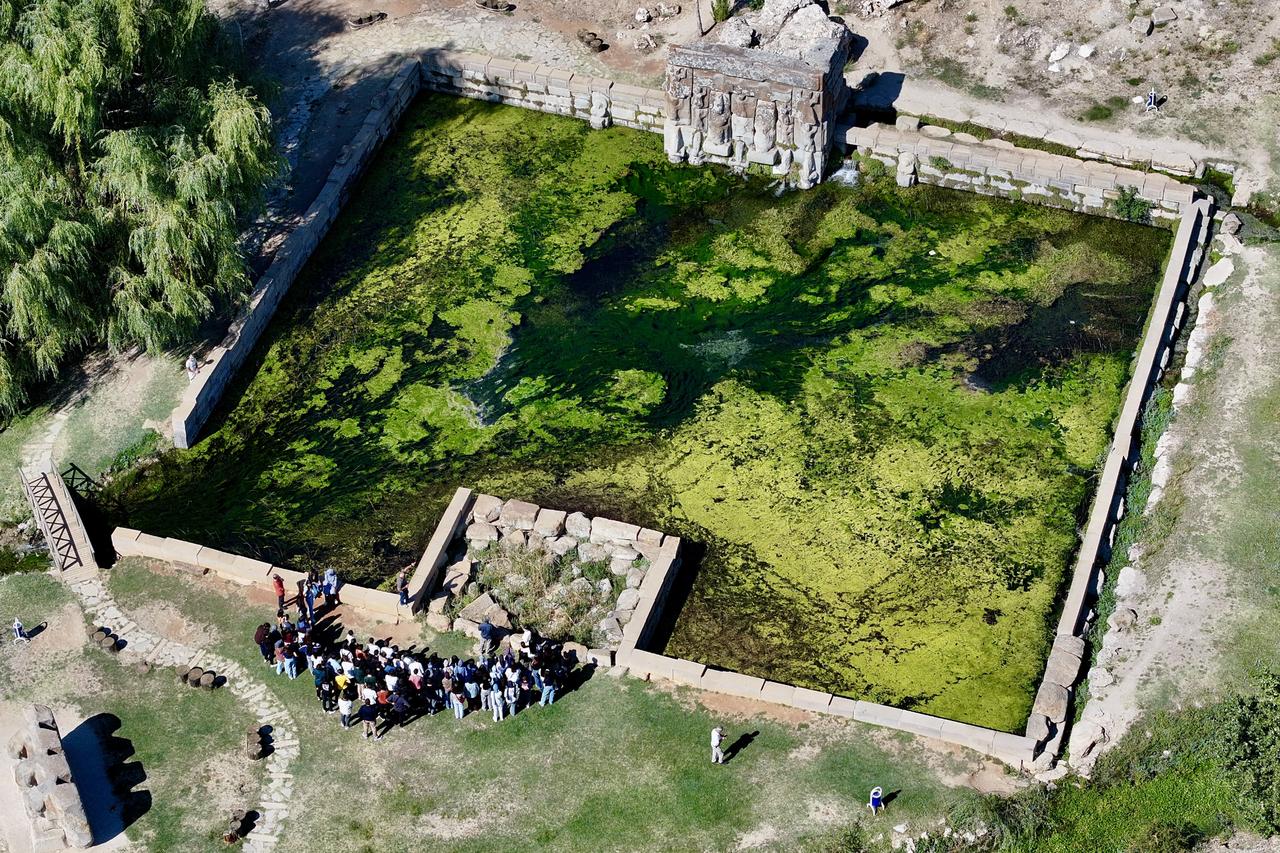
In the Beysehir district of Konya, the 3,200-year-old Eflatun Pinar Hittite spring sanctuary—built during the Late Hittite Period around 1,200 B.C.—has proven remarkably resilient to modern climate change and drought. Rising over a natural spring, this monumental pool and relief wall complex has continued to provide water through the centuries, making it one of Türkiye’s most enduring ancient hydraulic structures.
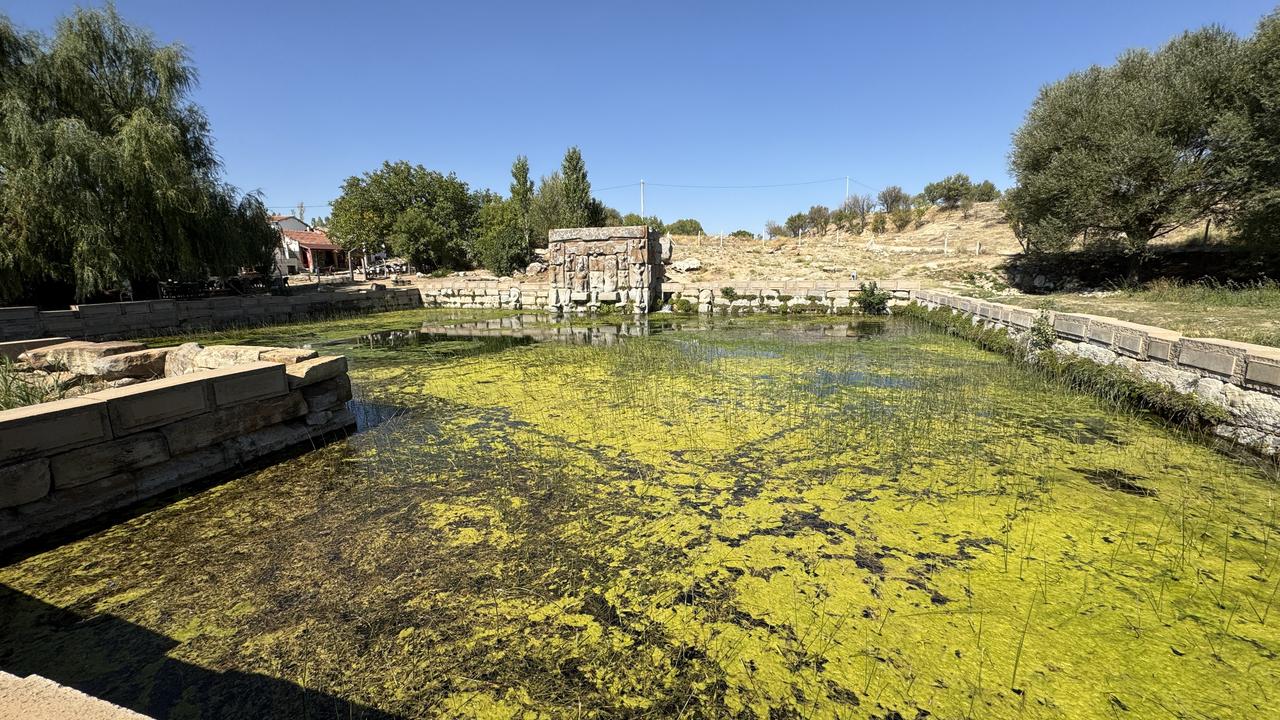
Commissioned by King Tudhaliya IV, the Eflatun Pinar monument was designed as both a practical water reservoir and a sacred sanctuary dedicated to Hittite deities. It consists of a large rectangular pool and a decorated stone facade featuring gods and goddesses sculpted in relief. The andesite blocks, precisely cut to interlock without mortar, form a striking wall that embodies the refined craftsmanship of Hittite stonemasons.
Unlike many rock monuments of the same era, Eflatun Pinar was conceived as an open-air temple. Its reliefs, believed to represent divine figures symbolizing life and fertility, stand as an artistic and spiritual reflection of the Hittites’ reverence for water—a vital element in their Anatolian heartland.
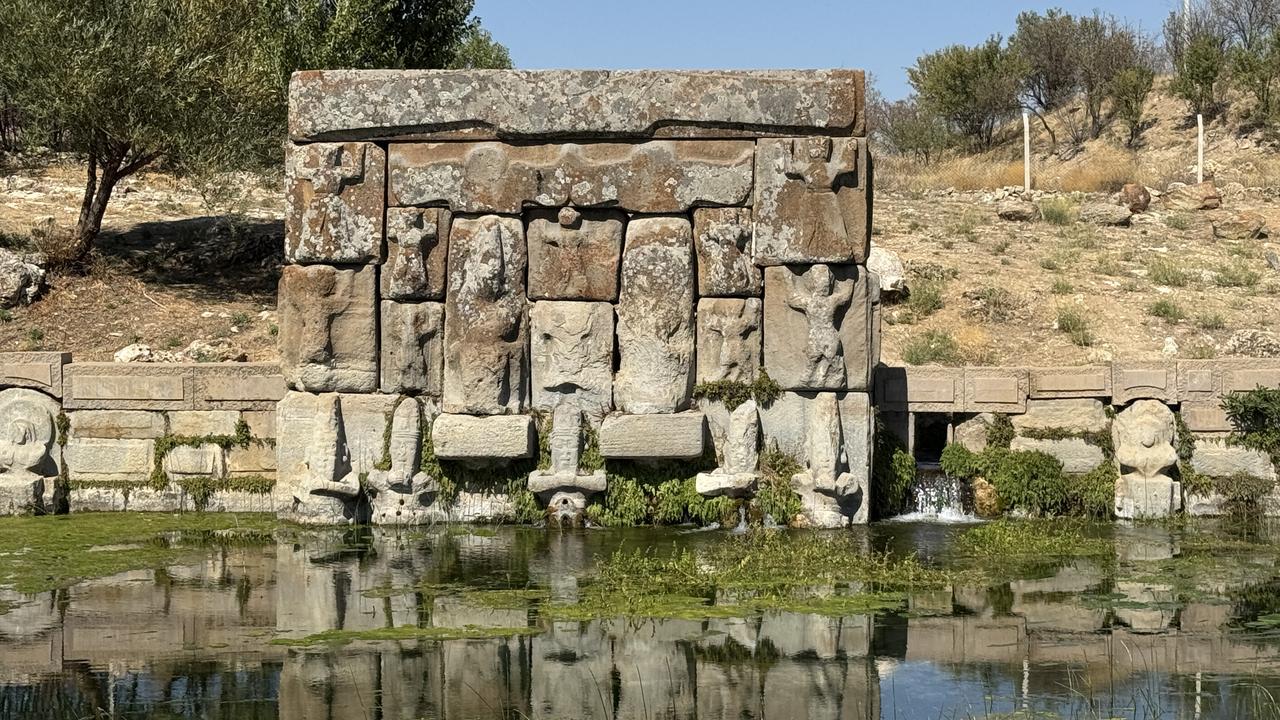
Archaeological excavations conducted between 1996 and 2001 by the Konya Museum Directorate revealed that the visible structure, once thought to be only 3.5 meters tall, actually extends to 7 meters. Researchers also discovered a 30-by-34-meter sacred pool connected to the monument’s façade. The front wall, made up of 19 stone blocks, features intricate figures that still retain traces of their ancient detailing.
Located about 4 kilometers from Sadikhaci village, the monument was designed to collect and store flowing water efficiently, ensuring sustainable use during dry months. Thanks to its ingenious hydraulic layout, the site continues to channel natural spring water—allowing it to remain active even under today’s drought conditions.
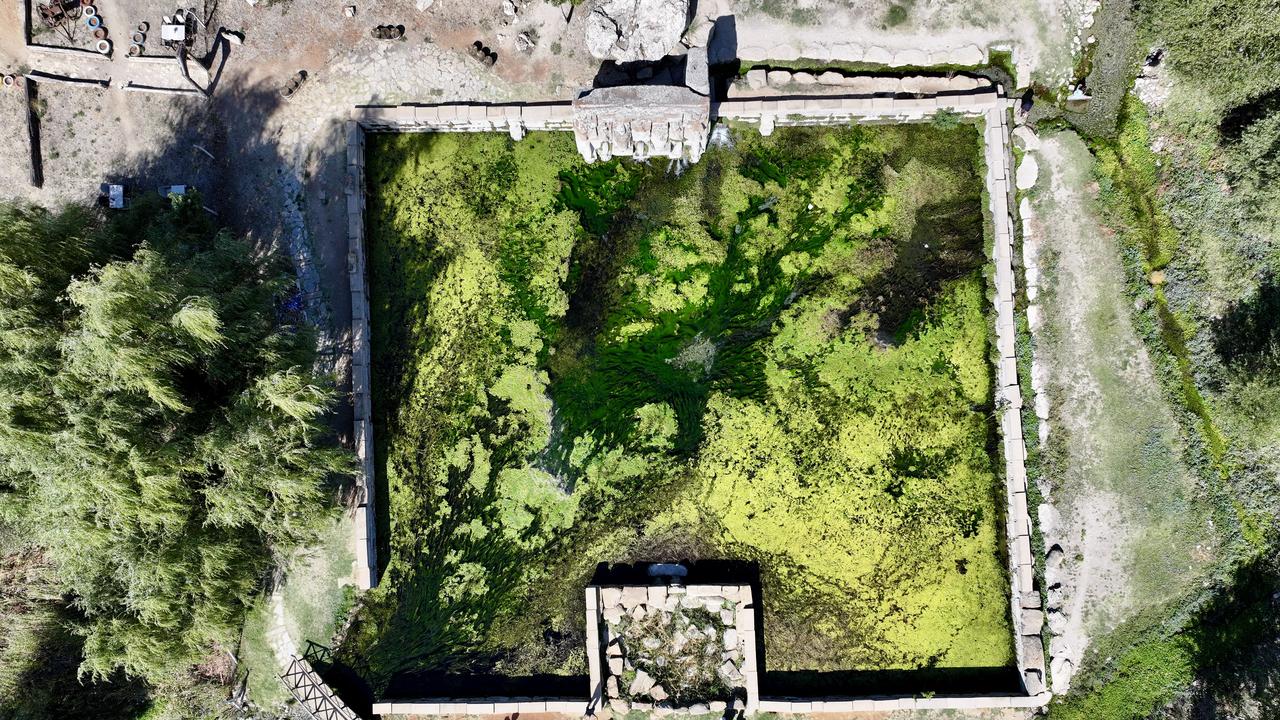
Listed by UNESCO in 2014 on the World Heritage Tentative List as the “the Hittite Spring Sanctuary,” Eflatun Pinar remains a symbol of continuity. The head of the Beysehir Culture and Tourism Association, Mustafa Buyukkafali, noted that the sacred spring “has flowed uninterrupted for 3,200 years and now seems to defy drought.” He added that its timeless water attracts visitors in every season.
Buyukkafali also emphasized that the ancient pool now shelters rare species of fish, including those that once inhabited nearby Beysehir Lake. The spring, he explained, still feeds the lake in small measure and continues to sustain the local ecosystem as it has since antiquity.
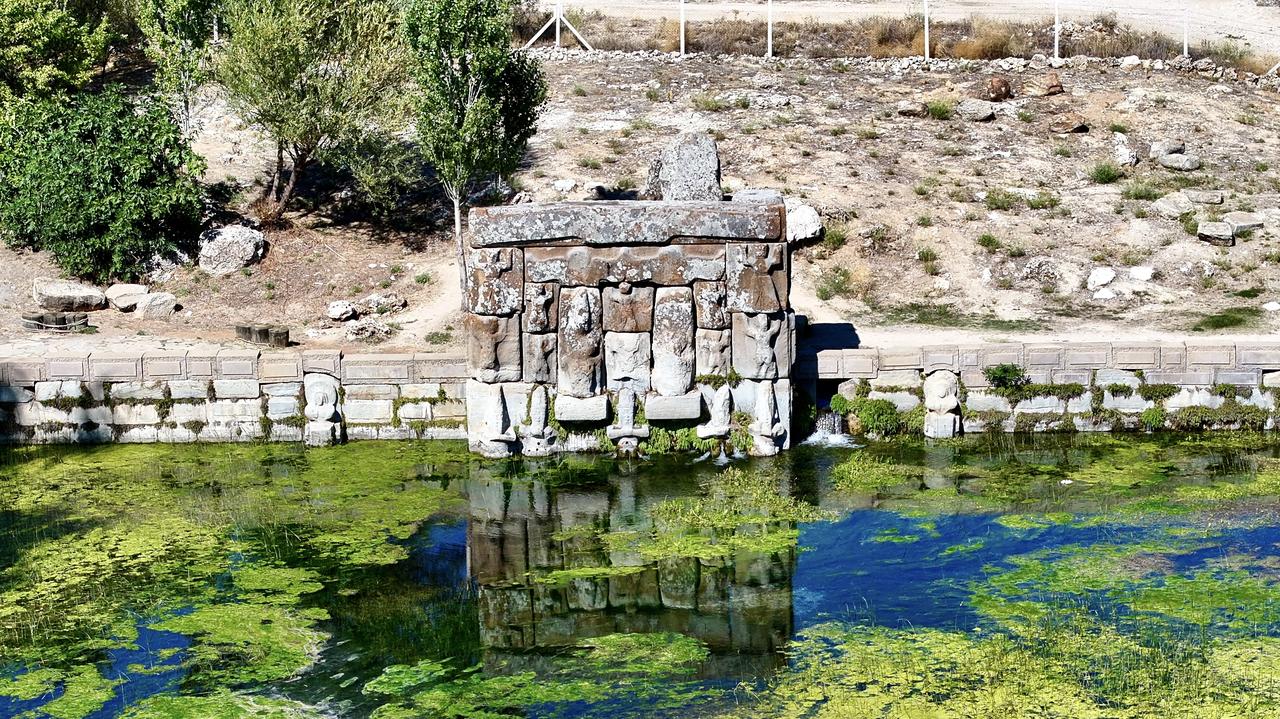
Today, a modern facility built opposite the monument offers visitors a place to rest while they watch the steady stream of sacred water flow into the pool. For locals, the water is still seen as a source of blessing and abundance, linking the community’s present life with the Hittites’ ancient spiritual heritage.